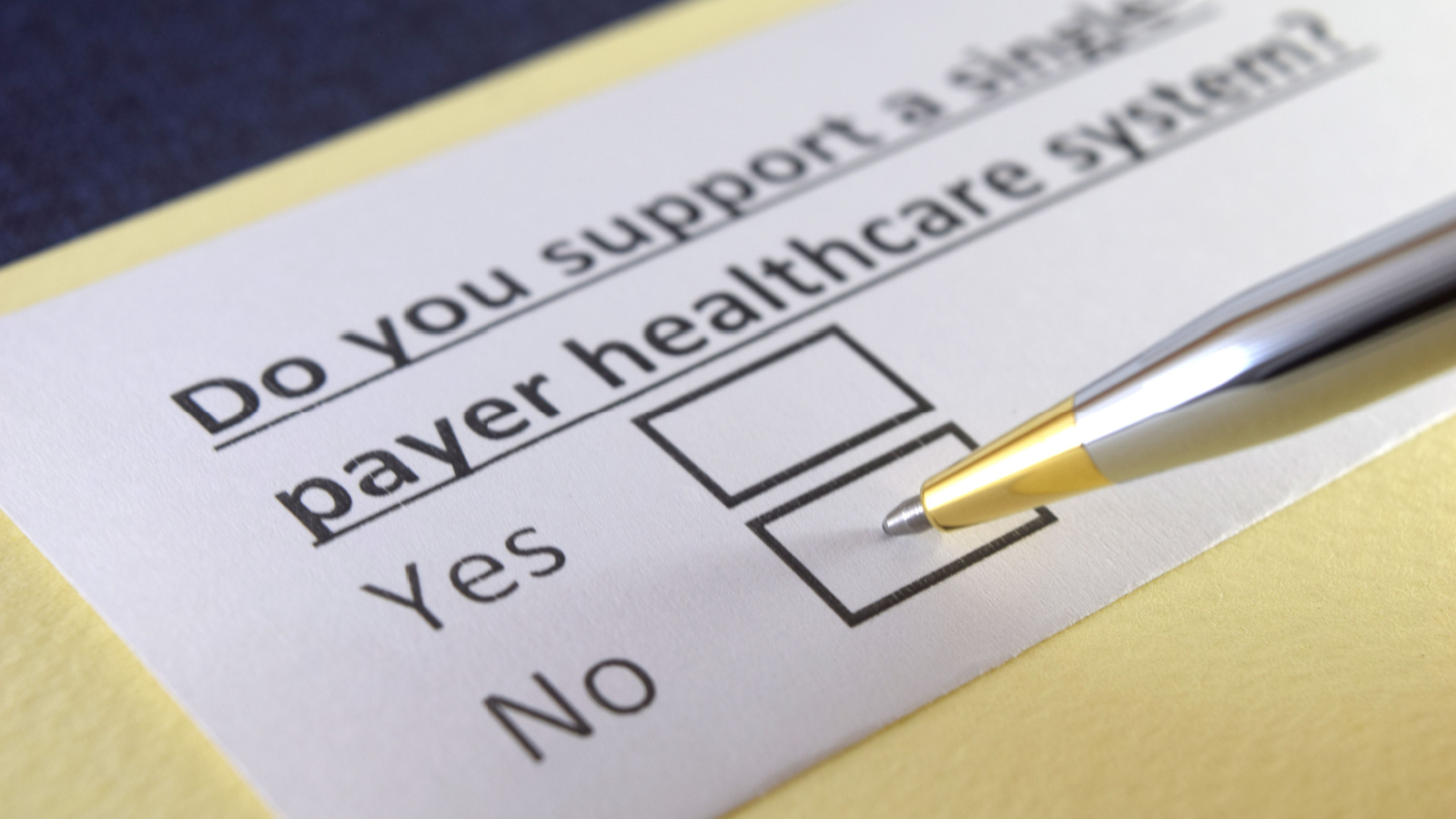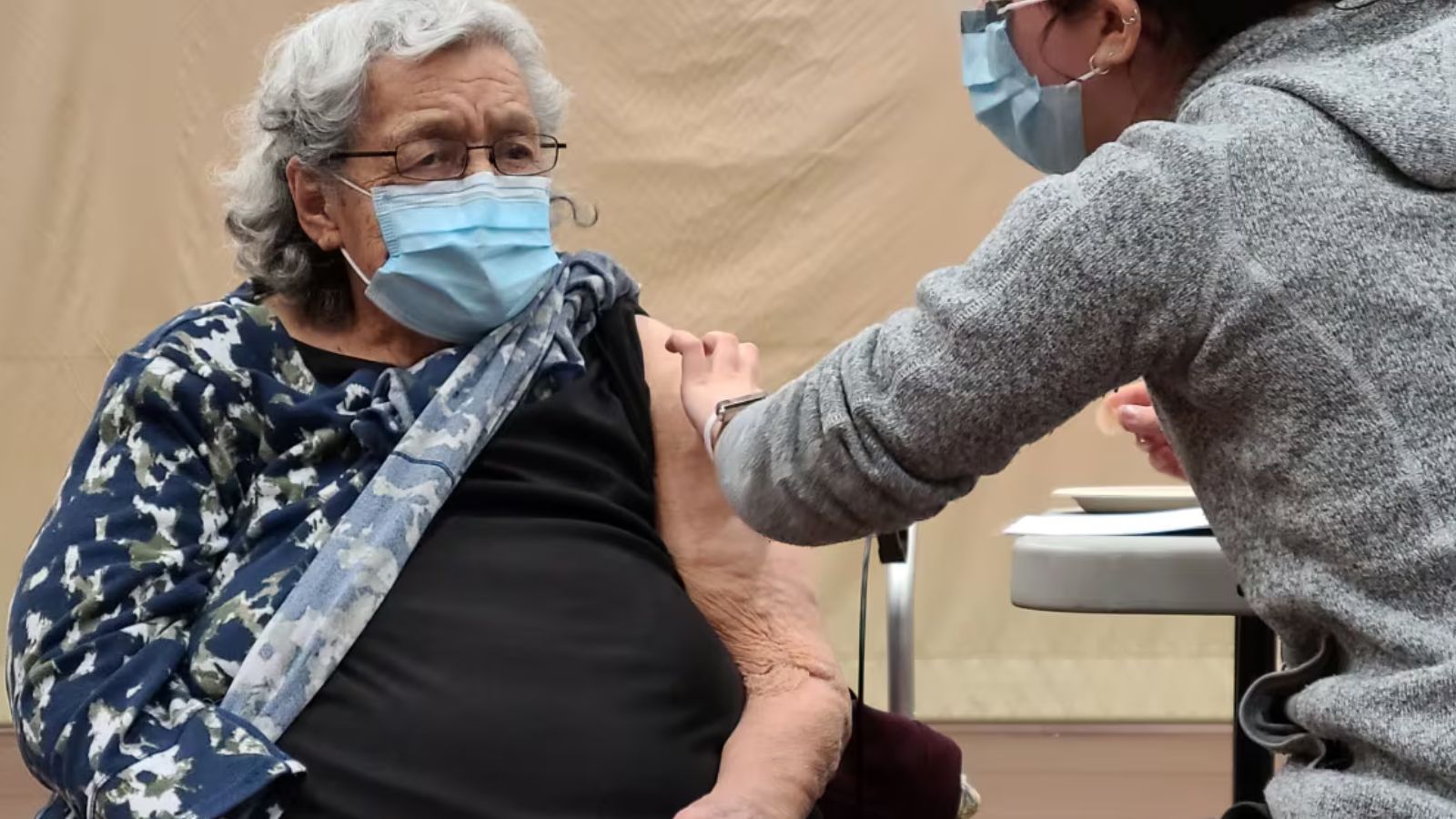The healthcare model in Canada is being recognized not just for its outcomes, but for the values it embodies, public funding, accessibility, and sustainability. It’s far from perfect, but its strengths have sparked global interest. From inspiring reforms in other countries to being studied in academic institutions, here are 19 ways Canada’s healthcare model is gaining global respect.
Universal Access Without Point-of-Care Fees

One of the most cited aspects of the healthcare model is its commitment to ensuring that all citizens can access necessary medical services without direct charges. This approach reduces financial barriers, allowing people to seek care when they need it rather than when they can afford it. Plus, the absence of point-of-care fees leads to earlier interventions, which can reduce complications and hospitalizations. It also contributes to better public health outcomes across demographics.
Single-Payer System Simplifies Administration

Administrative overhead is a significant burden in many countries with multi-payer systems. By contrast, the single-payer approach used here reduces complexity and overhead, freeing up resources for direct patient care. Physicians and hospitals deal with a streamlined billing process, which minimizes the time and cost associated with insurance paperwork. This efficiency is particularly compelling to policymakers in other countries looking to control administrative spending. Also, the simplicity of the system is increasingly cited in global discussions about healthcare reform as a model of operational clarity and focus.
Cost Efficiency with Strong Outcomes

While spending less per capita on healthcare than several other industrialized nations, the country still achieves strong health outcomes. Life expectancy, infant mortality rates, and management of chronic diseases are often comparable or better. This balance between cost and quality has become an essential case study in health economics. Countries grappling with ballooning healthcare budgets view this model as an example of how to deliver good care without excessive spending. The financial sustainability of this approach is gaining recognition among experts and institutions worldwide.
Prioritization of Preventive Care

A growing emphasis on preventive care, including immunizations, screenings, and public health campaigns, has caught the attention of international health bodies. This focus helps reduce long-term healthcare costs by catching illnesses early or preventing them altogether. It also reflects a more holistic view of health, one that encourages healthier lifestyles and community engagement. Countries struggling with the downstream costs of late-stage disease treatments are increasingly studying this preventive framework to adapt similar initiatives in their own systems.
Equity Across Demographics

Healthcare equity remains a global challenge, especially in countries where income and geography significantly affect access. In contrast, the model here aims to deliver services based on medical need rather than financial capacity or social status. While gaps still exist, especially in Indigenous communities and rural areas, the commitment to equity continues to be a point of international admiration. Institutions and researchers studying healthcare disparities often look to this approach for both policy ideas and inspiration.
Emphasis on Public Health Infrastructure

The pandemic spotlighted the importance of a resilient public health infrastructure. A well-organized network of public health agencies enabled more coordinated responses, contact tracing, and vaccine distribution. Global health bodies are analyzing this ability to mobilize quickly and cohesively as a key strength. Plus, the structured integration of public health with clinical care and policy-making has become a talking point in many international forums seeking to rebuild or modernize their health systems.
Investment in Health Data Systems

Digital health records and centralized data systems are being increasingly recognized as foundational to efficient care. The coordinated development of digital infrastructure has improved everything from patient outcomes to policy decisions. These systems enable data-driven planning, quicker research, and better resource allocation. Observers from countries lagging in digitization are showing growing interest in how such systems can support universal care without excessive privatization. The use of technology in this way is frequently cited in healthcare journals and conferences.
Global Rankings and Public Perception

In multiple global health system rankings, the model often performs well in categories like access, equity, and administrative efficiency. These rankings shape international opinion and policy agendas, prompting more detailed investigations into the underlying factors. Public perception within the country also shows relatively high levels of satisfaction, which adds to its credibility abroad. When citizens trust their health system, it lends legitimacy to its design in the eyes of the world. Other nations take note when a population feels both protected and respected by its healthcare structure.
Academic Partnerships and Medical Research

Medical schools and public health institutions often collaborate with international researchers on everything from epidemiology to health policy. This cooperative spirit enhances the country’s profile as a thought leader in healthcare delivery and reform. The quality of academic institutions and the transparency of data make it a valued partner in global health studies. As healthcare becomes increasingly globalized, these partnerships help export ideas and validate them through international collaboration. The educational ecosystem is helping shape the next generation of healthcare professionals globally.
Culturally Sensitive Care Models

Efforts to integrate culturally appropriate care into the health system are earning praise from diversity advocates and global health organizations. Programs that acknowledge the unique health needs of Indigenous populations, immigrants, and other minority groups are being studied for their effectiveness and adaptability. These models aim to improve both access and outcomes by recognizing that one-size-fits-all healthcare can exacerbate disparities. This approach is encouraging dialogue in other nations about how to serve increasingly diverse populations more respectfully and effectively.
Transparent Funding Mechanisms

Clear public budgeting for healthcare fosters accountability and public trust. Government expenditures on health services are scrutinized and debated, which contributes to more democratic oversight. This transparency appeals to countries where healthcare funding is opaque or riddled with inefficiencies. The predictability of funding also allows for better long-term planning and program stability. It’s this openness, combined with careful stewardship of resources, that has led to increasing global recognition from financial analysts and governance experts.
Low Out-of-Pocket Costs for Patients

While not all services are covered, particularly those like dental or vision care, core medical services are largely free at the point of use. This significantly reduces the financial burden on patients and lowers the risk of medical bankruptcy, which remains a concern in many countries. The reduced out-of-pocket spending also contributes to more equitable health outcomes. Policymakers looking to lessen health-related financial stress are turning to this model as a viable alternative worth adapting.
Integration of Mental Health Services

Mental health services have been increasingly incorporated into the broader healthcare framework, reflecting a shift in understanding and priorities. Public campaigns, community programs, and insurance coverage for mental health are more visible and supported than in past decades. This evolving integration offers a blueprint for nations where mental health remains marginalized. Global mental health advocates see this as a progressive step that aligns clinical care with public attitudes, helping destigmatize mental health support and normalize treatment.
Support for Rural and Remote Communities

Delivering healthcare in sparsely populated or geographically isolated areas is a logistical challenge, yet it remains a policy priority. Programs such as mobile clinics, telehealth services, and rural health incentives have gained attention for their practicality and results. International observers see these innovations as scalable for other regions with similar geographic barriers. These efforts not only bridge the gap in access but also demonstrate a commitment to universality beyond urban centers.
Integration of Immigrant Health Needs

A diverse population brings with it a wide range of medical histories, language needs, and cultural contexts. The health system is adapting to these realities through translation services, inclusive training for healthcare professionals, and targeted outreach. These initiatives aim to ensure equitable care regardless of origin or status. For countries with growing immigrant populations, this approach offers lessons in how inclusivity can improve public health and social cohesion. The tailoring of care to meet multicultural needs has drawn praise from international health equity advocates.
Active Role in Global Health Initiatives

Participation in international public health campaigns and emergency responses has helped elevate the model’s global profile. Contributions to vaccine distribution, health policy development, and humanitarian medical aid signal an active engagement with the broader health community. This involvement lends credibility to the system and allows it to serve as a reference point in global health diplomacy. Nations seeking to build trust in their health systems often look to those that contribute beyond their borders.
Patient Advocacy and Rights Protections

Legal frameworks and institutional supports empower patients to know their rights and hold providers accountable. Bodies such as health ombudspersons and review boards provide oversight and avenues for grievances. This structured advocacy strengthens the patient-provider relationship and ensures ethical standards are maintained. International experts interested in balancing professional autonomy with accountability frequently cite this model. The emphasis on rights aligns healthcare delivery with democratic values, reinforcing the system’s credibility abroad.
Sustainability Planning and Green Health Practices

Environmental considerations are being woven into healthcare delivery through green building practices, waste reduction programs, and sustainable procurement policies. As the health sector is a major contributor to carbon emissions globally, these efforts are gaining attention. Institutions are collaborating to create climate-resilient infrastructure and promote health system sustainability. This environmental consciousness is resonating with global health leaders looking to align care delivery with ecological responsibility.
Public Engagement in Health Policy

The inclusion of public voices in healthcare decision-making helps shape more responsive policies. Through consultations, advisory councils, and open data initiatives, citizens are invited to participate in shaping the system. This engagement supports a culture of transparency and shared responsibility. Countries exploring ways to improve public trust in their health institutions are studying this participatory model.
21 Products Canadians Should Stockpile Before Tariffs Hit

If trade tensions escalate between Canada and the U.S., everyday essentials can suddenly disappear or skyrocket in price. Products like pantry basics and tech must-haves that depend on are deeply tied to cross-border supply chains and are likely to face various kinds of disruptions
21 Products Canadians Should Stockpile Before Tariffs Hit
